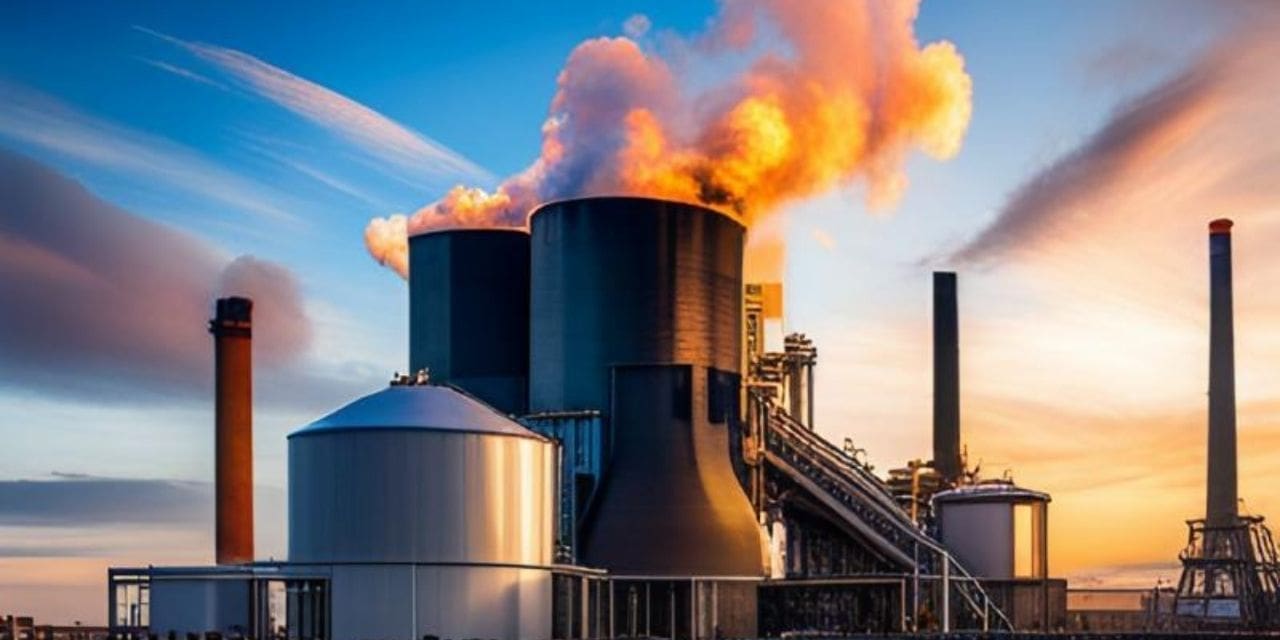The report “Carbonization Furnace Market by Type (Countinous carbonization furnace), Feed Stock (Agricultural waste, Forestry Waste, Nutshell waste), Capacity (<1000 kg/h, 1000-2000 kg/h) Application (Charcoal, Wood Vinegar, Tar), Region – Global Forecast to 2029″, size is projected to grow from USD 263 million in 2024 to USD 425 million by 2029, registering a CAGR of 10.1% during the forecast period. The carbonization furnace market is driven by several key factors, including increasing global focus on sustainability, technological advancements, expanding applications, economic incentives, and the emphasis on waste management and the circular economy.
Browse
• 253 Market data Tables
• 60 Figures
• 264 Pages and in-depth TOC on “Carbonization Furnace Market – Global Forecast to 2029”
Some of the prominent key players are:
- GreenPower LTD (Europe)
- Beston Group Co., Ltd. (China)
- Zhengzhou Belong Machinery Co., Ltd (China)
- Zhengzhou Shuliy Machinery Co. Ltd (China)
- Tianjin Mikim Technique Co., Ltd. (China)
- Henan Chengjinlai Machinery Co., Ltd. (China)
- Gongyi Xiaoyi Mingyang Machinery Plant (China)
- Gongyi Sanjin Charcoal Machinery Factory (China)
- Zhengzhou Jiutian Machinery Equipment Co., Ltd. (China)
- Henan Sunrise Biochar Machine Co. Ltd (China)
Driver: Carbon sequestration and climate change mitigation
The increasing demand for biochar carbonization furnaces is driven by their potential for carbon sequestration and climate change mitigation. These specialized reactors facilitate the controlled pyrolysis of biomass feedstock, such as agricultural residues, forestry waste, and organic municipal solid waste, to produce biochar in a controlled environment. By operating under oxygen-limited conditions, biochar carbonization furnaces prevent the complete combustion of biomass, thereby maximizing the yield of biochar while minimizing emissions of greenhouse gases such as carbon dioxide and methane. When biomass is converted to biochar through pyrolysis, approximately half the carbon is emitted as CO2. However, the remaining biochar is much more stable and decomposes much slower than raw biomass. This leads to a net increase in soil carbon stocks over time. Unlike traditional biomass decomposition, which releases carbon dioxide back into the atmosphere, pyrolysis stabilizes the carbon, embedding it in the biochar, thus contributing significantly to climate change mitigation. When added to soil, biochar can remain stable for hundreds to thousands of years, effectively sequestering carbon and reducing the overall carbon footprint. It has been estimated that biochar systems can mitigate up to 1.8 Pg CO2 equivalent per year, which is 12% of anthropogenic CO2, CH4, and N2O emissions, without endangering food security or habitat.

